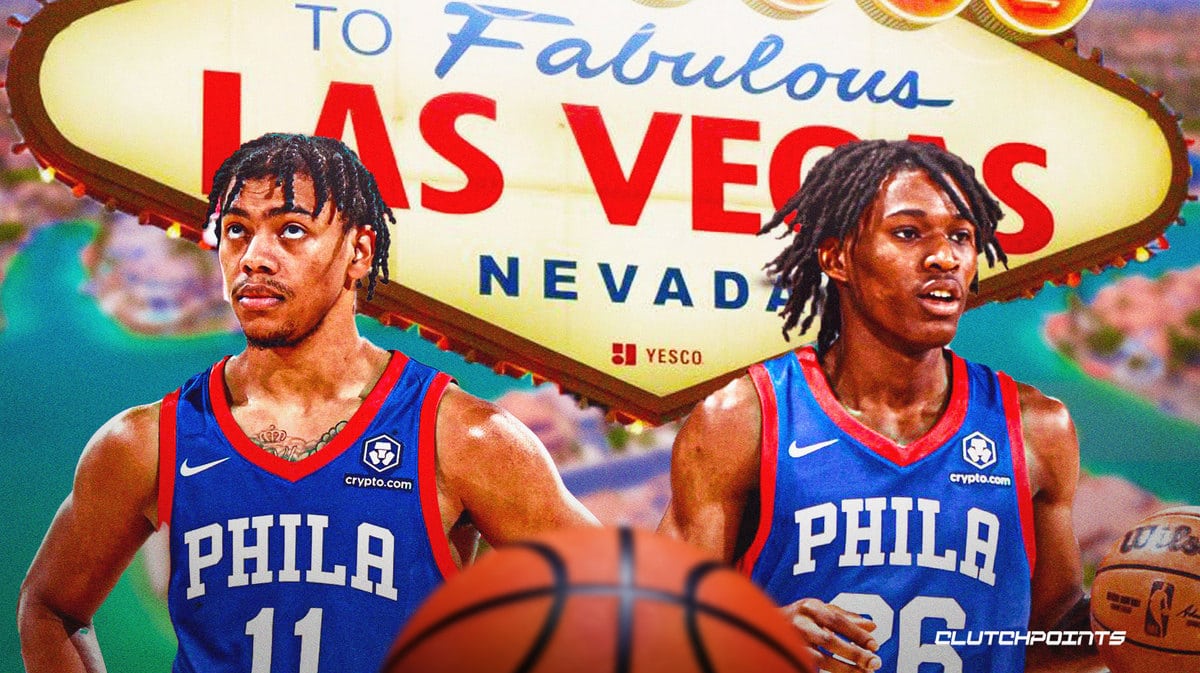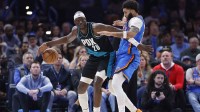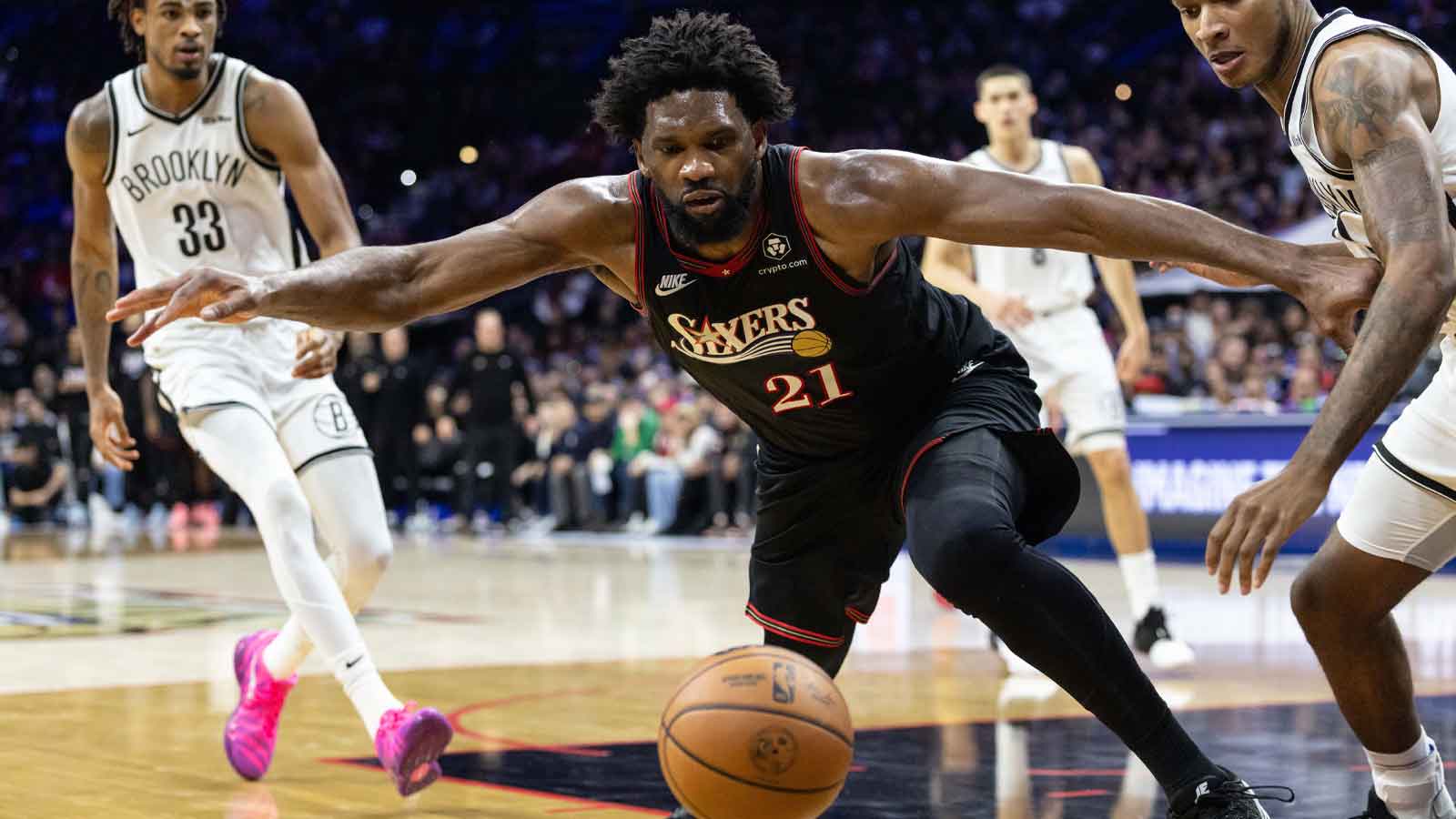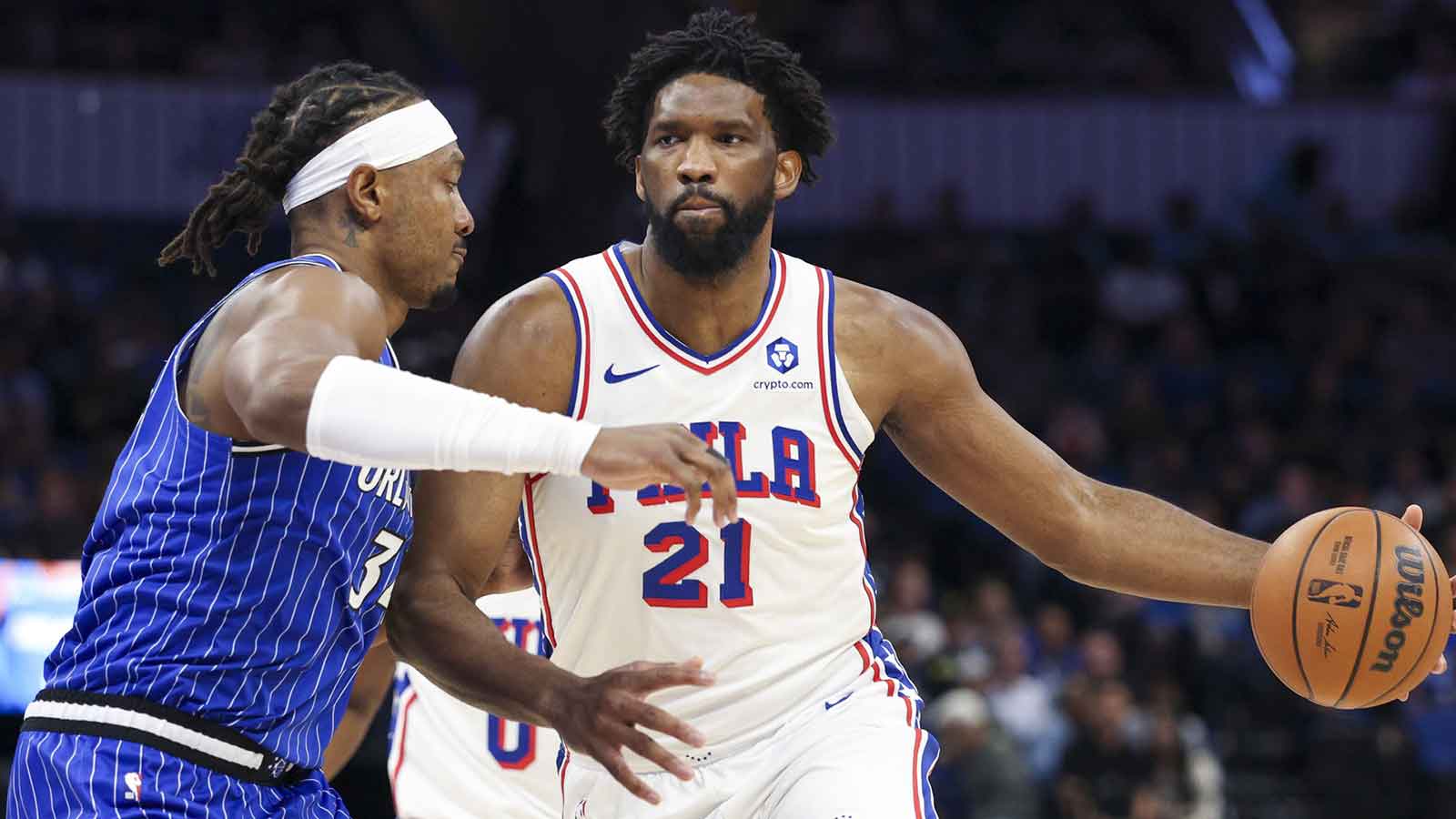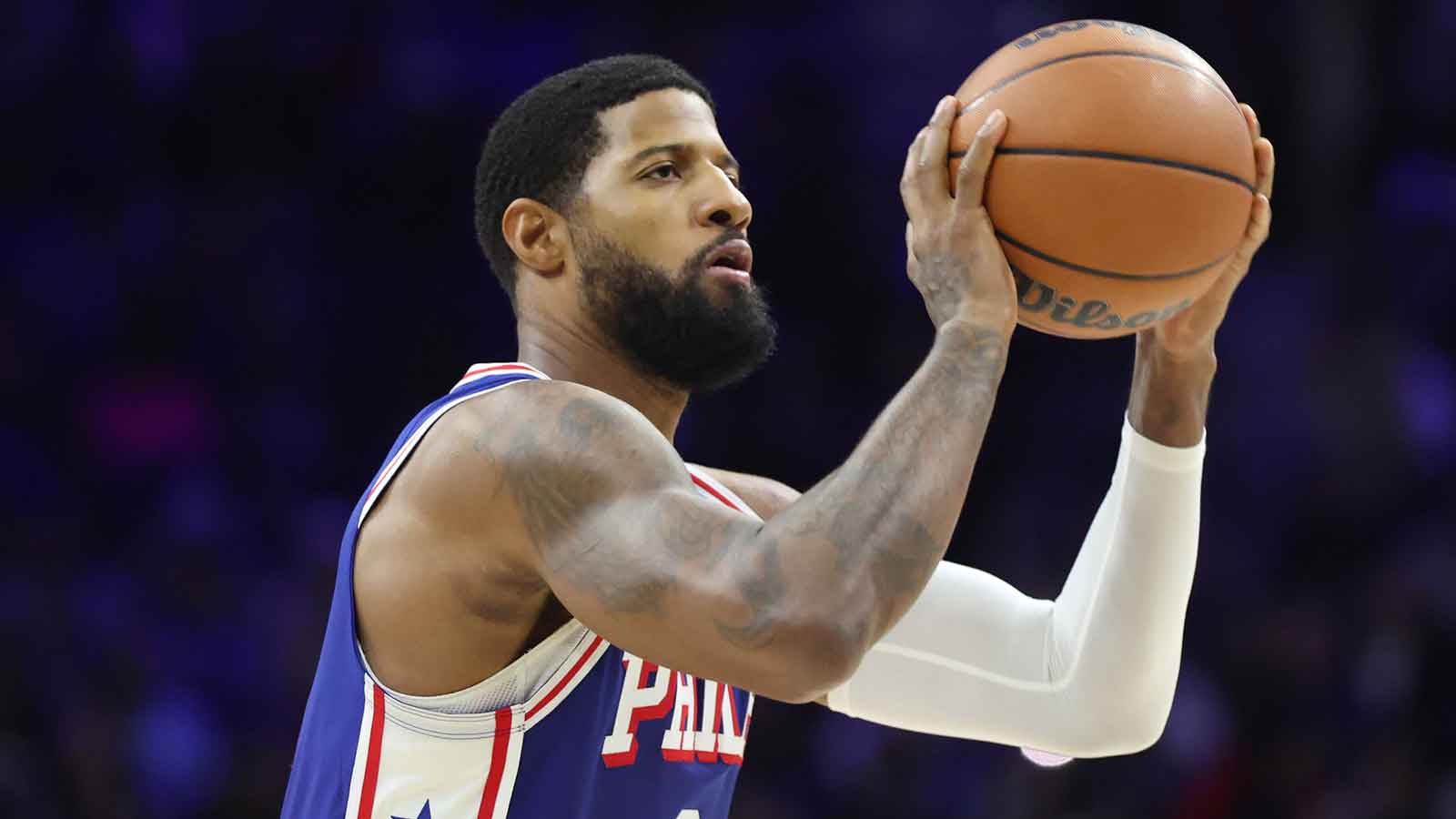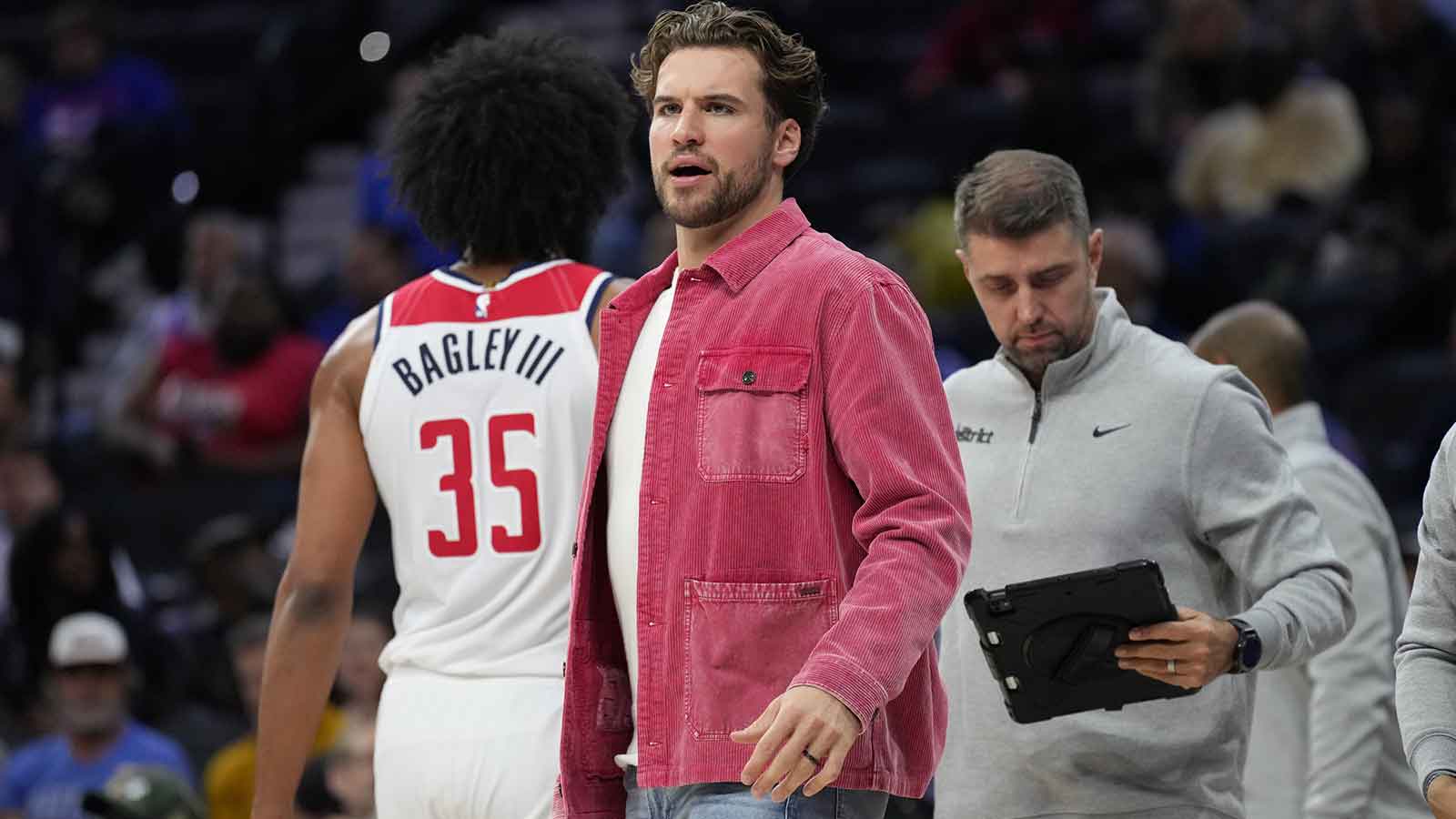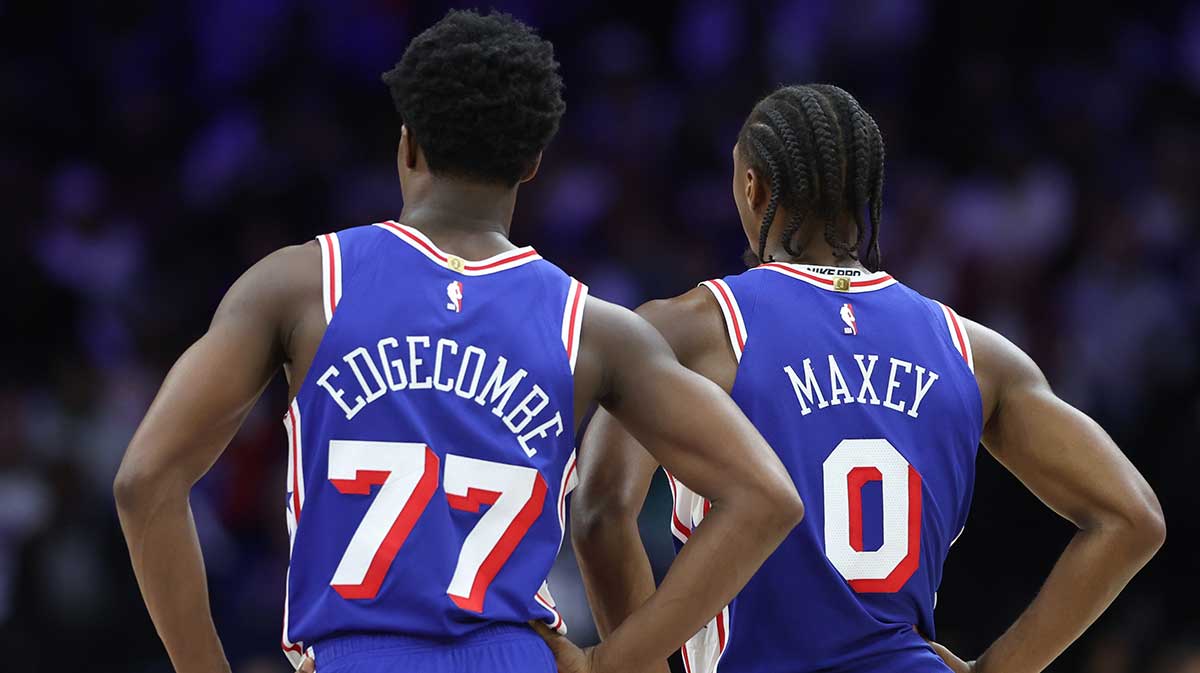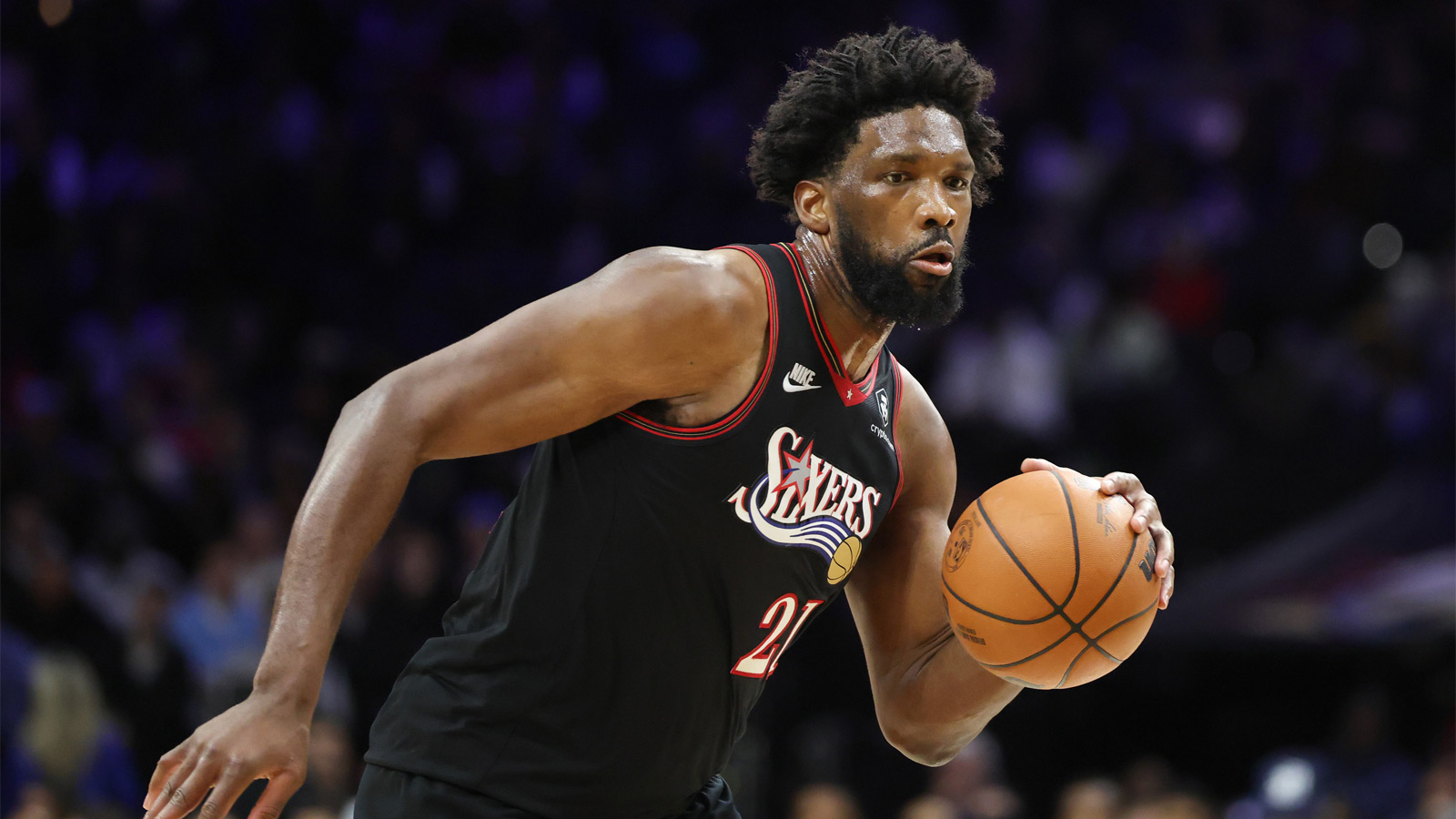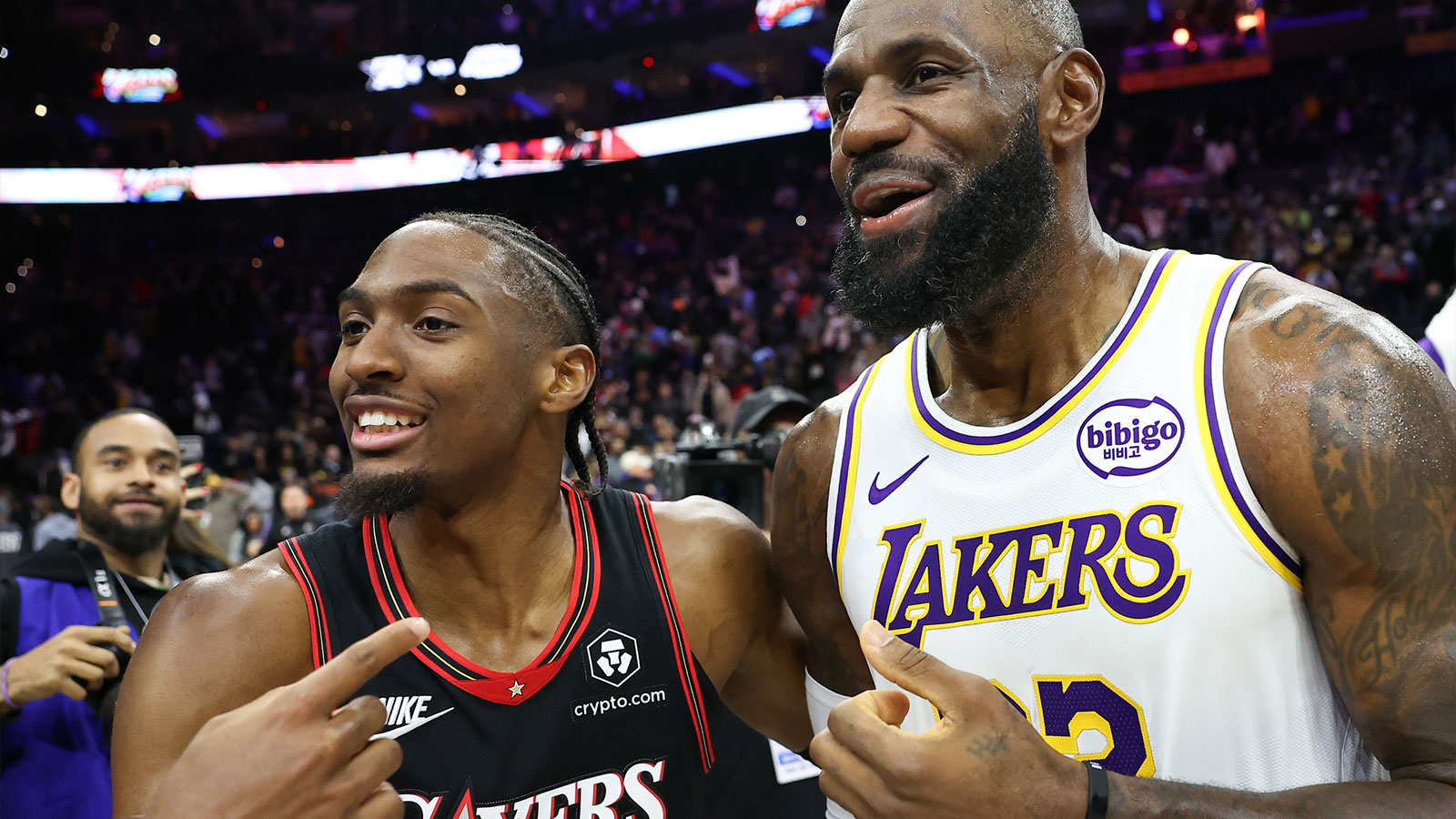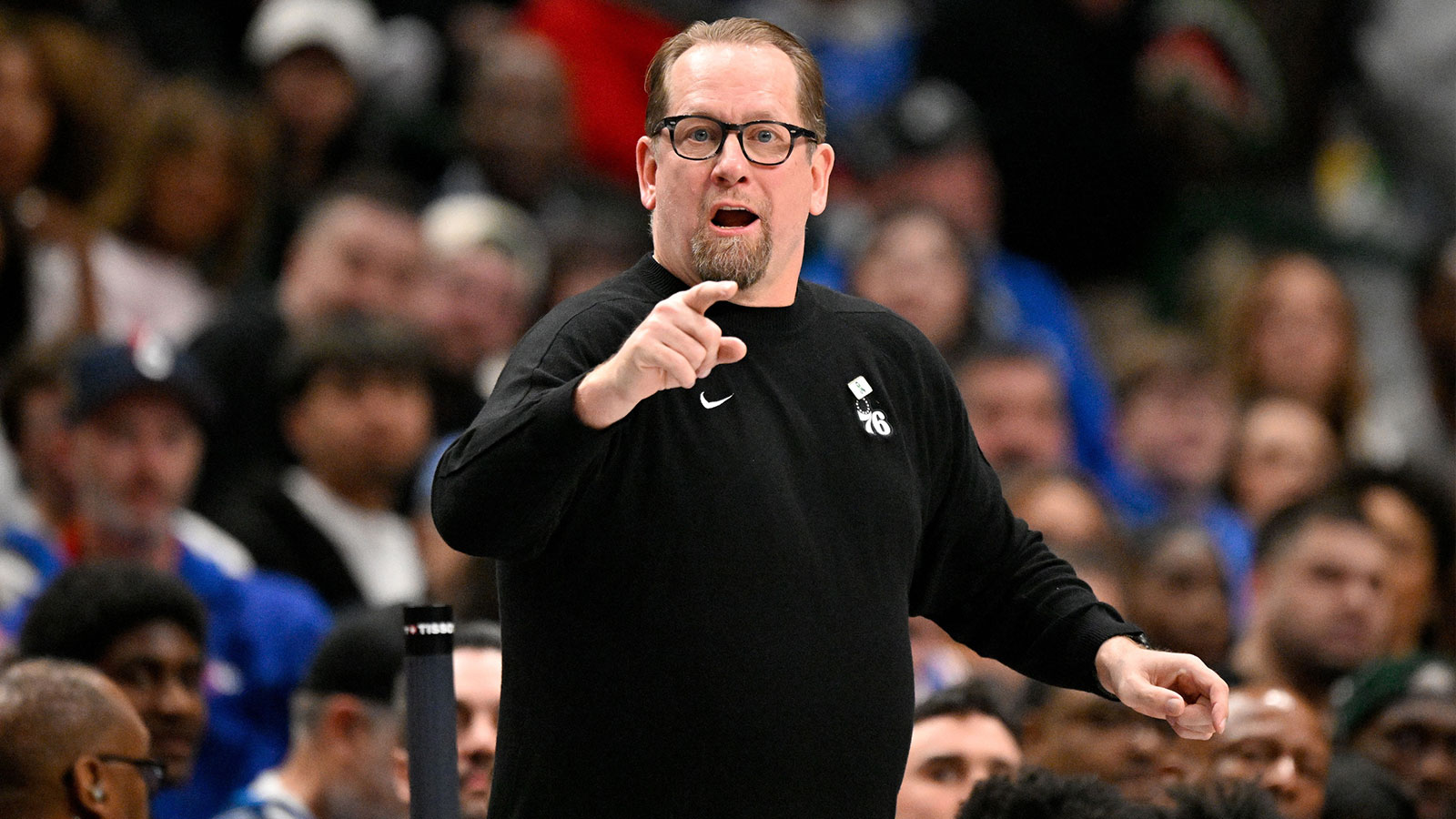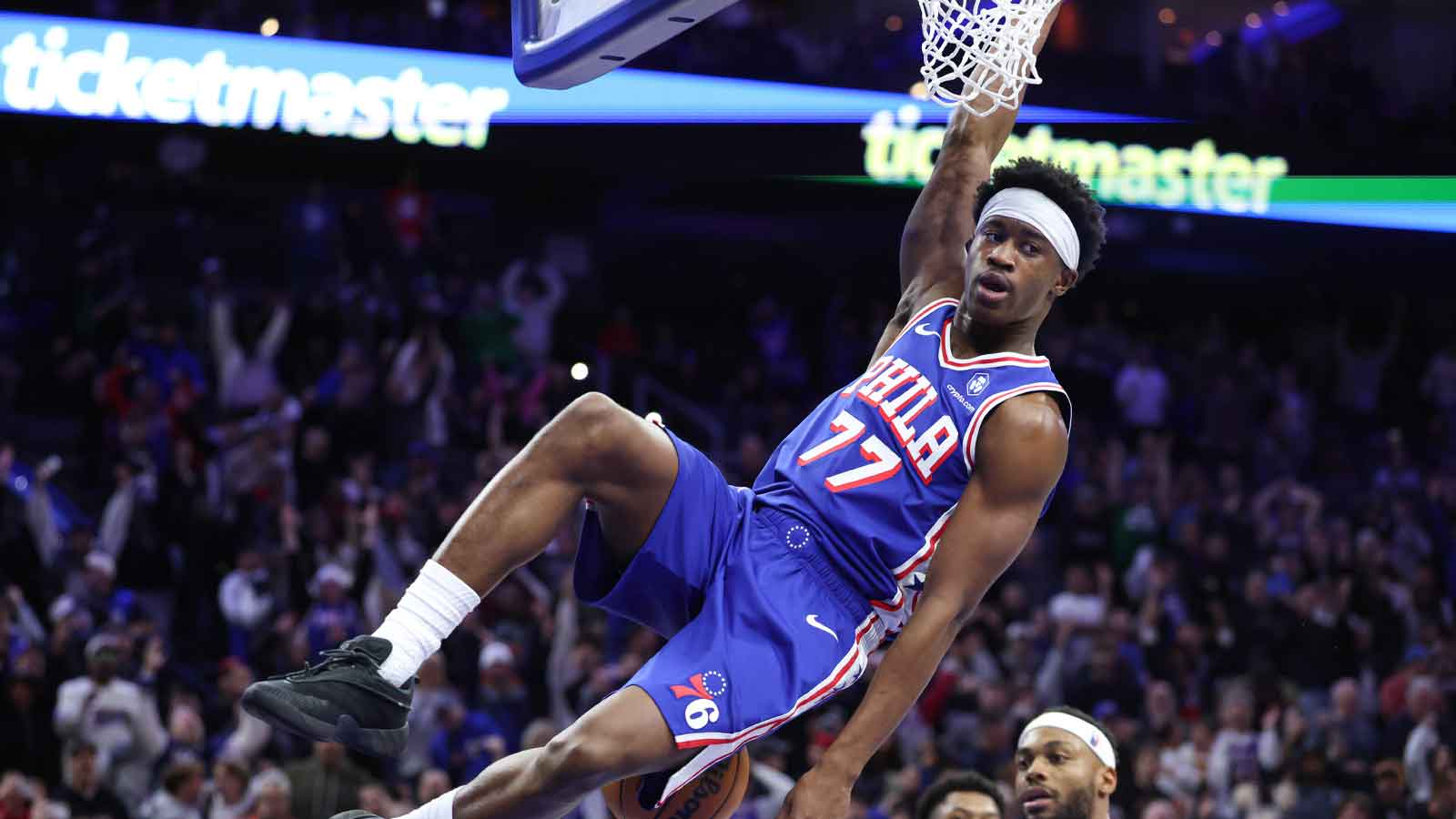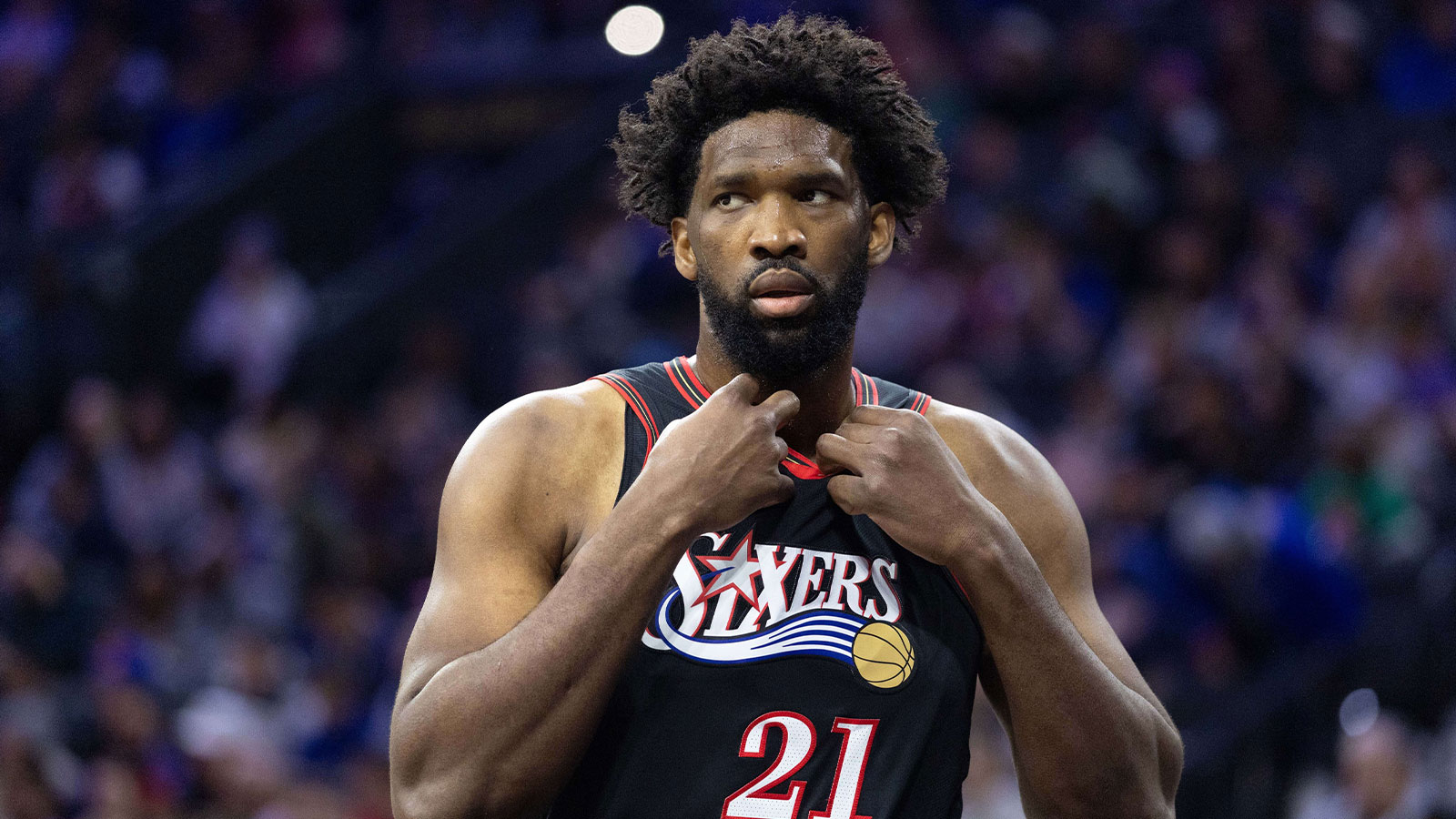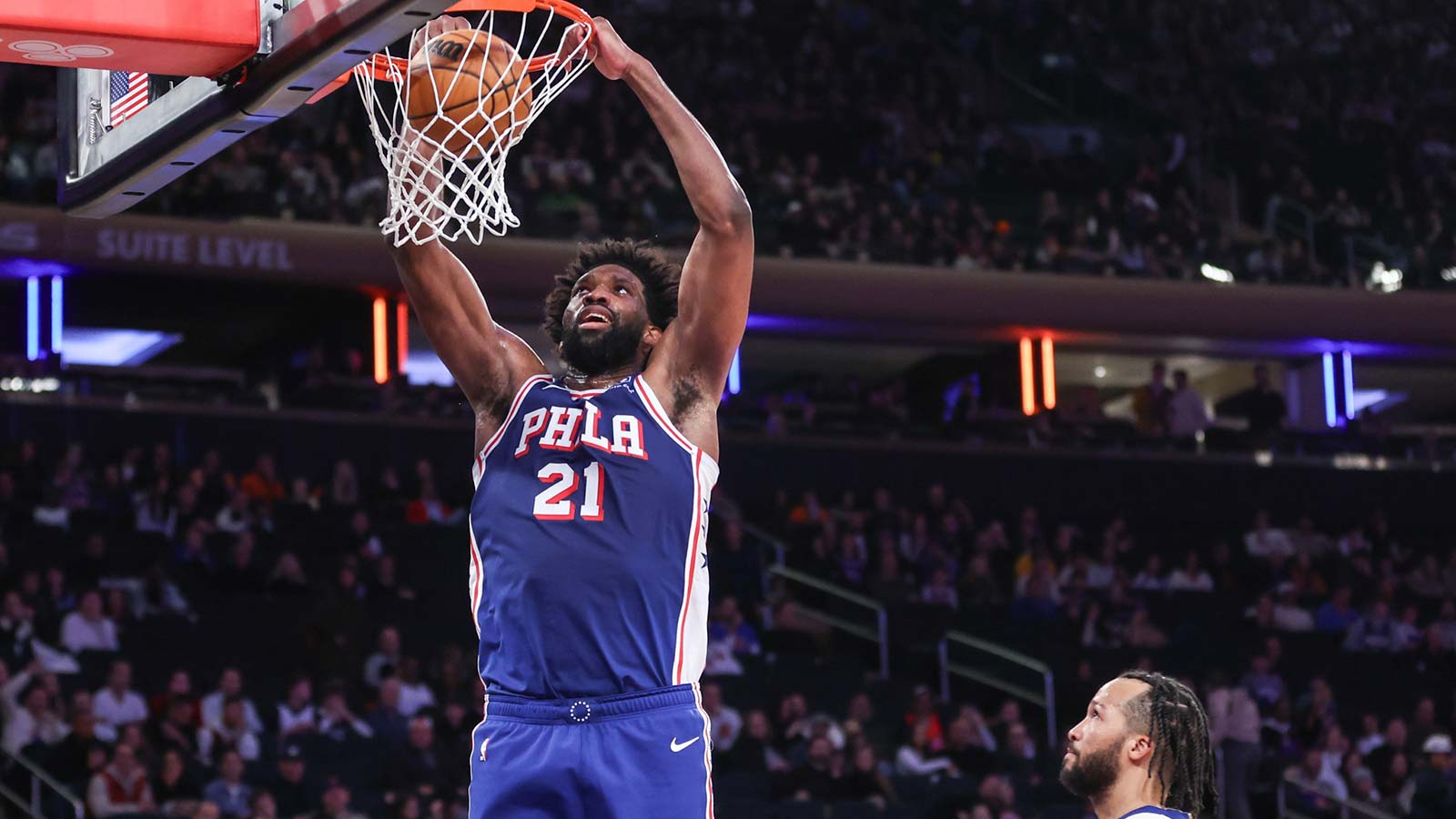2023 NBA Summer League has come and gone for the Philadelphia 76ers. During the exhibition games, the Sixers rolled out an interesting roster that played some fun basketball and blew some big leads here and there. They went just 3-5 between the Salt Lake City round robin and Las Vegas tournament but put on a good show overall.
The Summer Sixers didn’t resemble the big-league team from last season: they played fast, small and didn’t operate much out of the post. They kept the ball moving in lieu of an offense built around one superstar. In an environment where guys can often look to do whatever they can to stand out, Philly's summer team played cohesively and with great effort.
After eight games of summer fun, here are the five biggest takeaways from the Sixers' Summer League tenure.
5. A pair of shotmakers really stood out
There were a few big names — at least big compared to the other young prospects in Sixers land — that the people were eager to observe. Everyone wanted to see — and got — the Terquavion Smith experience, and they also got to see what Jaden Springer would do. But they were also treated to even more strong guard play courtesy of Javonte Smart and D.J. Steward.
Smart averaged 15.3 points and 5.1 assists while shooting shot 36.1 percent from deep. Steward shot 45.2 percent from downtown while putting up 14.1 points per game. Both guards showed they could score on their own and shoot well from deep. If they aren’t kept around in the G League, they could contend for two-way contracts on other teams.
4. Filip Petrusev's path to playing time will be steep
While the Summer Sixers had a great rotation of guards and wings, their bigs didn’t stand out all that much. The ultra-athletic exploits of Greg Brown III were tantalizing but didn’t amount to that much. Azuolas Tubelis — whose two-way contract was officially announced the day after the Sixers' conclusion of Summer League — only played four games across both Summer Leagues, totaling just 10 points on 4-8 shooting in just under 47 minutes.
The one big man who stood out the most was Filip Petrusev, who started in each of the five games he played. After some rumors suggesting it would eventually happen, Petrusev officially signed with the Sixers, making him the fifth center on the 15-man roster (which still has a spot left open).
Allocating a third of the roster to centers is … certainly a choice that the Sixers have made. Petrusev flashed some shooting touch from the midrange and on post shots, as well as some willingness to shoot from deep, but nothing that suggests he's a true floor spacer in the making. His defense was fine — good positioning and timing but also struggles to stand up to physicality — and his rebounding didn’t blow anyone away, either.
The Sixers signing so many centers is nothing short of peculiar after Embiid just had his best season and reserve center Paul Reed proved to be his best backup yet. Petrusev may have some untapped potential, but when will Philly really get the chance to tap into it? Perhaps they plan to play him mostly in the G League like they have done with Springer in the past two seasons.
3. Ricky Council IV needs a minute, but there's NBA talent there
Council's sky-flying dunks gave the Summer Sixers constant highlight-reel material. His tough defense and rim pressure gave them an offensive wrinkle that complemented their shooters quite well. But Council definitely needs to play with the Delaware Blue Coats before graduating into a role with the Sixers, especially compared to the team's other notable prospects.
The lack of a consistent jumper is the main reason why Council needs to get some run in the G League, but it’s not the only one. His handle is just not tight enough for him to get real on-ball reps in the NBA. His style of driving through and around defenders with side-steps and determination will be harder to pull off against NBA defenders who are more athletic, generally bigger and more privy to containing drives.
While Council did showcase some major potential as a cutter, his defender may end up playing so far off of him that he has little room to make himself open. Making just one triple in 17 attempts over eight games underscored the main area he has to develop in order to stick around with the Sixers.
If the Sixers do want to sign anyone from their Summer League roster, it should be Smith (more on him shortly). But if they want to stock a wing on the end of their 15-man roster, they would be better off choosing Louis King. He ended last season in one of Philly's two-way spots, has NBA experience and can not only shoot but read the game well and defend multiple positions. As it stands now, though, the team is ready to help Council grow.
2. Terquavion Smith is a wild card worth keeping around
Smith, more than any other player, made the Summer Sixers really fun. The undrafted rookie out of NC State intrigued a lot of fans when Philly scooped him up as a free agent. After his performances in the summer, it's clear why.
From the get-go, Smith displayed no fear. He shot 66 of his 104 shot attempts from deep and made 37.9 percent of them, including some very deep ones. His playmaking seemed to pop more as the games went on and stayed aggressive on defense on and off the ball, tallying 13 stocks in his eight games. A lanky frame shouldn’t be a downside that leaves Smith totally unplayable at the NBA level. He has too much juice on both ends of the floor to totally flop.
In Summer League, Smith had the ball in his hands a lot and had the freedom to create his own shot. He won’t get those chances regularly with the Sixers, but he will also have more space to operate and less defensive attention (albeit, of course, against much better defenders). He dazzled on the ball but can still be used in dribble handoffs and as a scoring threat off the wing.
1. Jaden Springer may not be a 3-point shooter, but that’s okay
With the watchful eyes of Sixers fans refusing to flinch as they watched Springer, the third-year guard had quite a showing, especially in Vegas.
If you came to see Springer dominate on defense, you got exactly what you wanted. The 6-foot-4 guard was legitimately protecting the rim at a strong level, rising up to smack shots off the glass. He guarded opponents of various positions and racked up 2.8 steals and 1.2 blocks per game.
If you came to see what Springer would do on offense, you probably left satisfied. His 3-point shooting is not quite there (just 25.0 percent) and he averaged slightly more turnovers (2.33) than assists (2.17), but he did produce 18.8 points per game and looked more comfortable as the games went on.
Springer had some bad moments attacking the paint but also a lot of times where he showed control. He showed the ability to trudge through the defense with impressive body control and strength, jump-stop to get into his shot, change pace to open up space against a dropping big, throw down a dunk and dish to an open teammate when the opportunities came. Overall, the youngster displayed a promising understanding of how to operate in the space around him.
With the Sixers, Springer will have to prove that his skills overcome his deep-range shooting deficiency. But if given the chance, he could very well earn a bench role.

